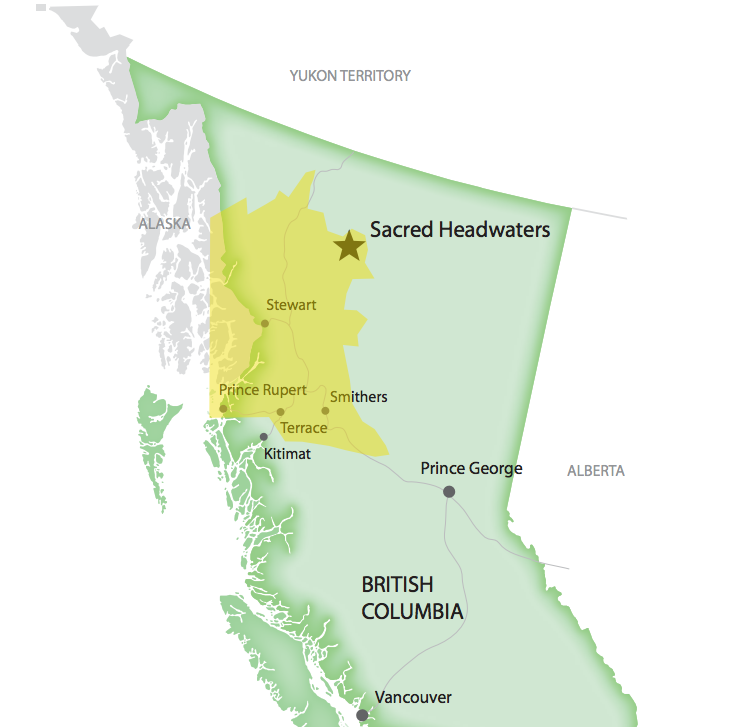As the Skeena-Nass area of British Columbia continues to experience Level 3 hydrological drought conditions, leaders from the Skeena Watershed Conservation Coalition express concern about the long-term health of the watershed and fish populations.
Executive director, Shannon McPhail said, “I’m seeing dry gravel bars in rivers that have always been under several feet of water. I’m seeing salmon fry stranded in channels of the river that have been cut off from the main flow and many have dried up thus killing the salmon fry that were inside. I’ve seen dead whitefish in the river that from the outside look fine.”
McPhail noted that her observations are likely not only about immediate weather conditions.
“The Skeena is full of glacial till making it a grey-green colour so you know the glaciers are taking a big hit. The water temperatures are very warm–too warm for fish,” she said.
The Level 3 designation calls for voluntary water-use reductions of 30 per cent from all surface water and groundwater users, including municipal, agricultural, and industrial users, as a result of prolonged dry conditions along the coast.
McPhail said, “I’m not sure that people have bene given the right kind of information. While folks have heard on social media, radio and TV that we are in a Stage 3 drought and that residents need to reduce water consumption by 30 per cent, I don’t think that really helps people understand what’s happening and the implication of not doing anything.”
She added, “A talk around a dinner table the other night was about how to conserve water and what was clear from that conversation is that folks really need some guidance on this […] I’m still seeing people watering their lawns during the heat of the day and I’m seeing people fill their backyard inflatable pools.”
Ministry staff are closely monitoring river and well levels and may upgrade the drought level if the weather continues to have a negative effect on stream flows and water supply. Should conditions continue to deteriorate, provincial water managers may exercise their authority to temporarily suspend authorized water usage in affected watersheds and aquifers.
Engagement plans depend, in many parts of the province, on municipal drought management plans and water conservation programs to ensure that conservation measures are followed.













